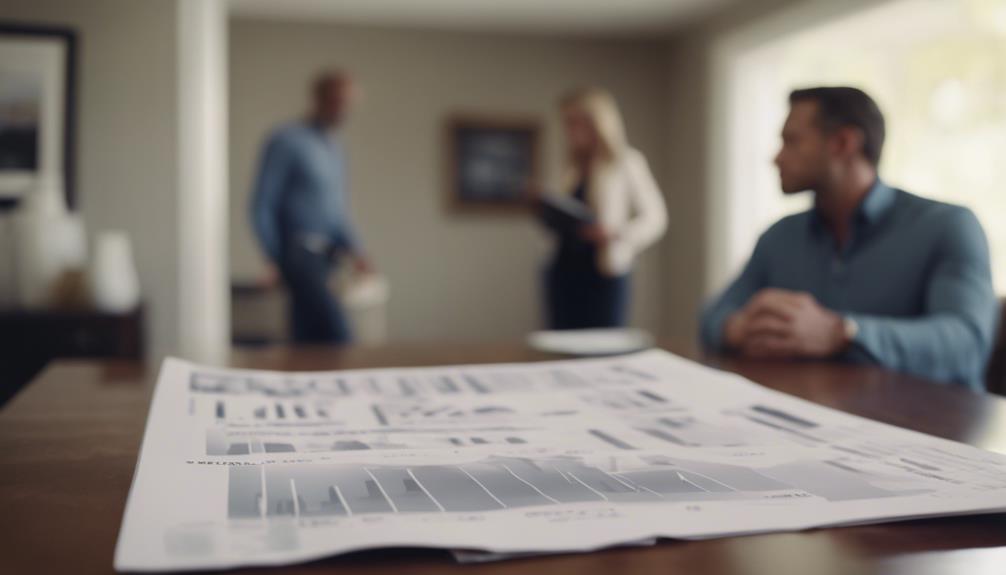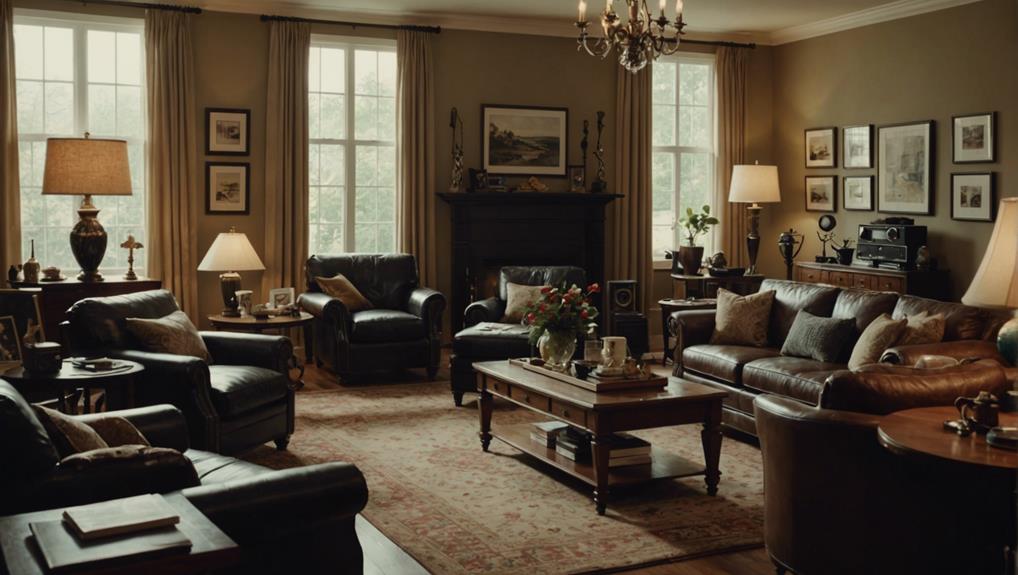When staging a house to boost its value and accelerate the sale, there are a few considerations to keep in mind.
Firstly, while staging can incur costs ranging between $2,000 and $6,000 for a 2,000 square foot home, including potential expenses for renting furniture and hiring design services, these investments often lead to a significantly higher sale price.
Secondly, although staging might initially seem to extend the marketing period, it typically makes the property more attractive to buyers, thereby increasing the likelihood of a quicker sale compared to non-staged homes.
Lastly, while the return on investment for staging can vary depending on market conditions, the enhanced appeal usually translates into better offers from buyers, justifying the initial outlay.
Weighing these factors is crucial for leveraging home staging as an effective strategy to enhance property value and expedite its sale.
High Staging Costs
High staging costs are often justified by the significant value they can add to a home, making it more appealing and likely to sell faster. Professional staging services for a 2,000 square foot home generally cost between $2,000 and $6,000. This investment may increase further when you add the costs for rental furniture, accessories, and design services. Despite these costs, the impact of staging on sales can be substantial, aligning the home's presentation with buyer expectations and market trends.
Market conditions heavily influence the effectiveness of staging. In a competitive market, a well-staged home can stand out, potentially attracting more buyers and higher offers, which can significantly offset the initial staging costs. The return on investment, while not guaranteed, often correlates with a quicker sale and a higher selling price.
For those concerned about the expenses, DIY staging is an alternative that can reduce costs, although it requires a considerable amount of time and effort. Properly executed, it can still enhance the appeal of the home.
When planning to sell your home, it's crucial to analyze current market dynamics and consider how staging could enhance the property's value and appeal. Balancing the costs with the potential increased sale price and reduced time on market can help in making a financially sound decision that maximizes profit margins.
Potential Delay in Selling
Does staging your home accelerate the selling process and increase its market value? Staging effectively enhances your home's appeal, making it more attractive to potential buyers and often resulting in a quicker sale at a higher price. By presenting a well-organized and aesthetically pleasing environment, staging invites buyers to visualize their life in the space, which can motivate quicker decisions and competitive offers.
To understand how staging can expedite the selling process and boost value, consider these factors:
| Factors | Impact on Buyers |
|---|---|
| Enhanced Visual Appeal | Attracts more buyers with a compelling first impression. |
| Emotional Connection | Helps buyers envision living in the home, increasing desire to purchase. |
| Competitive Edge | Makes the property stand out in the market, potentially leading to faster sales. |
| Highlighting Features | Accentuates the best aspects of the home, increasing perceived value. |
While staging requires an initial investment in time and resources, the benefits of attracting more buyers and potentially closing a sale faster at a higher price point often outweigh the initial effort. Staging not only showcases your home in its best light but also sets it apart in a competitive market, making it a crucial strategy for a successful and swift sale.
Uncertain Return on Investment

Given the potential to enhance property value and accelerate sales, home staging is a strategic investment worth considering. By showcasing a home's best features, staging can create a compelling first impression that captivates potential buyers.
Although the costs of home staging can range between $500 and $5,000, depending on the size of the property and the extent of services utilized, this initial outlay can be offset by the higher selling price and reduced time on the market.
Market conditions and the location of the property are critical factors that influence the success of staging. In competitive markets, a well-staged home can stand out, possibly yielding returns significantly higher than the investment. However, it's crucial to analyze the specific circumstances of your market and property to optimize the impact of staging, potentially leading to a quicker sale and a better price.
Conclusion
In conclusion, staging a house can significantly increase its value and accelerate the selling process. Though it does involve certain challenges such as upfront costs, potential delays, and uncertainty regarding the investment's payoff.
By enhancing a property's appeal, staging makes it more attractive to potential buyers, potentially leading to quicker sales and higher offers. However, it's crucial to assess these factors thoroughly and align the decision to stage your home with your financial objectives and timelines.
Evaluating both the advantages and drawbacks will help you make a well-informed choice that maximizes your home's market potential.

